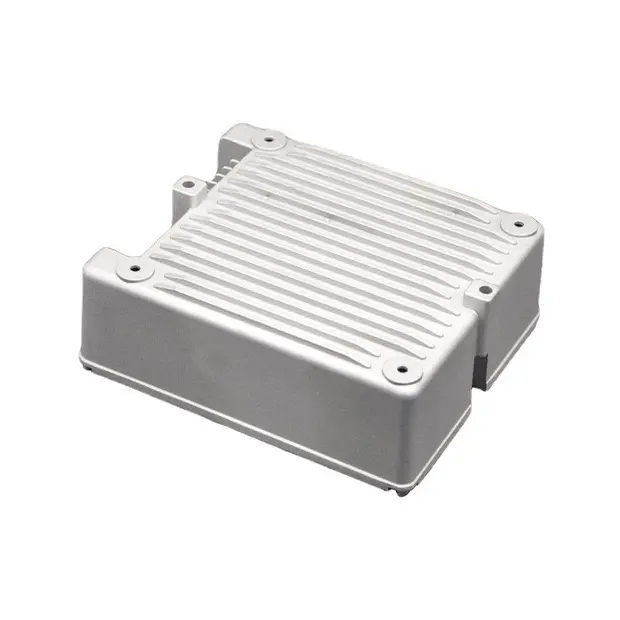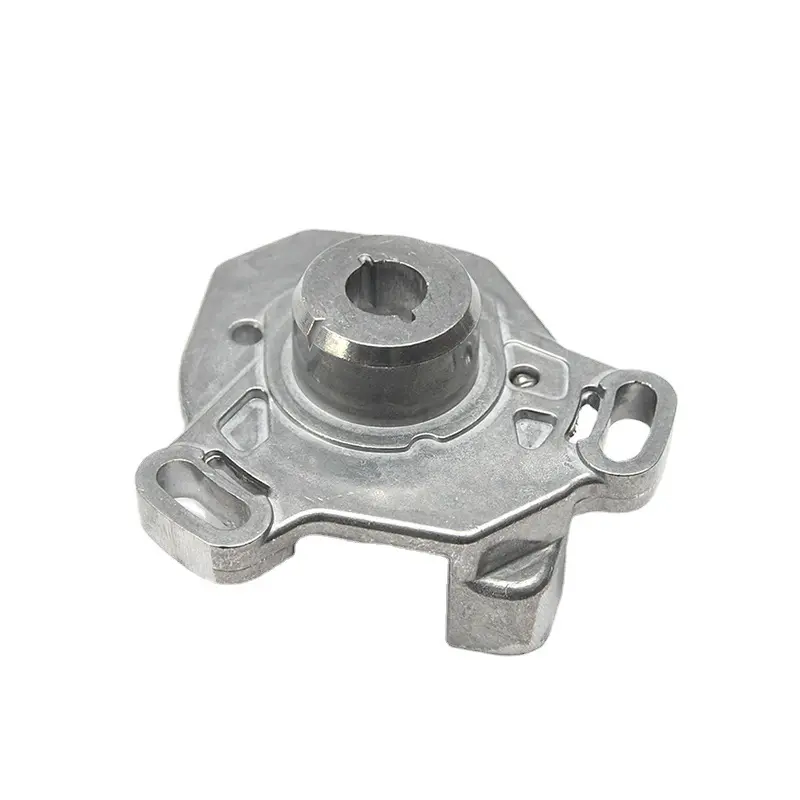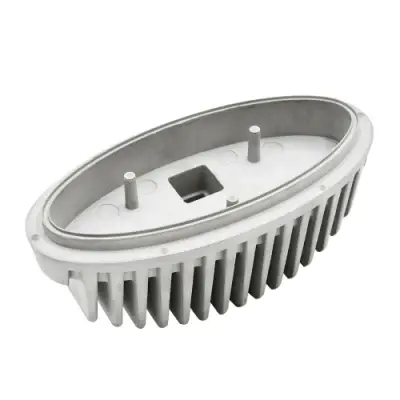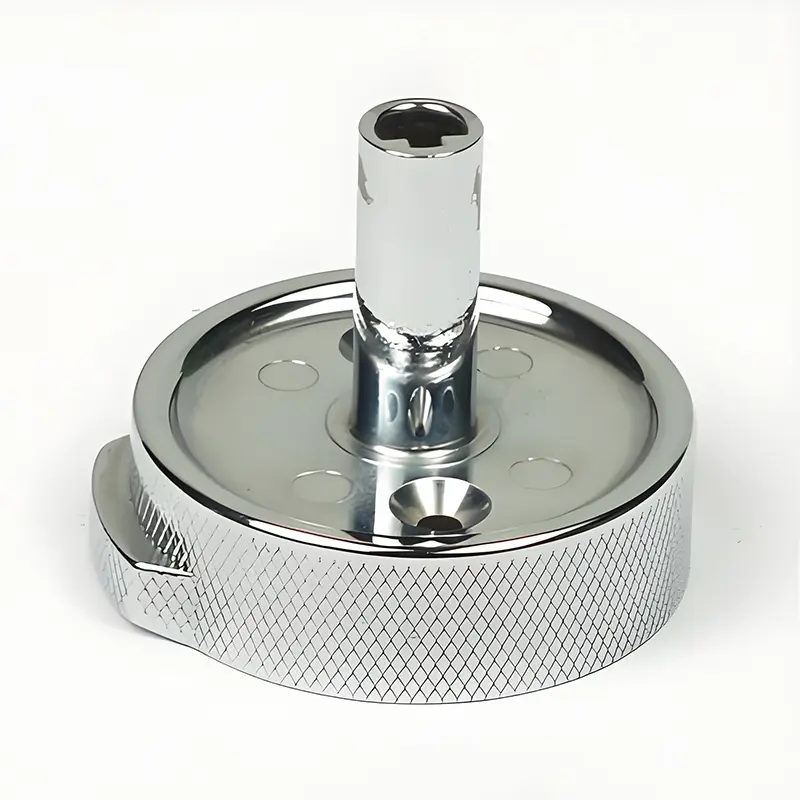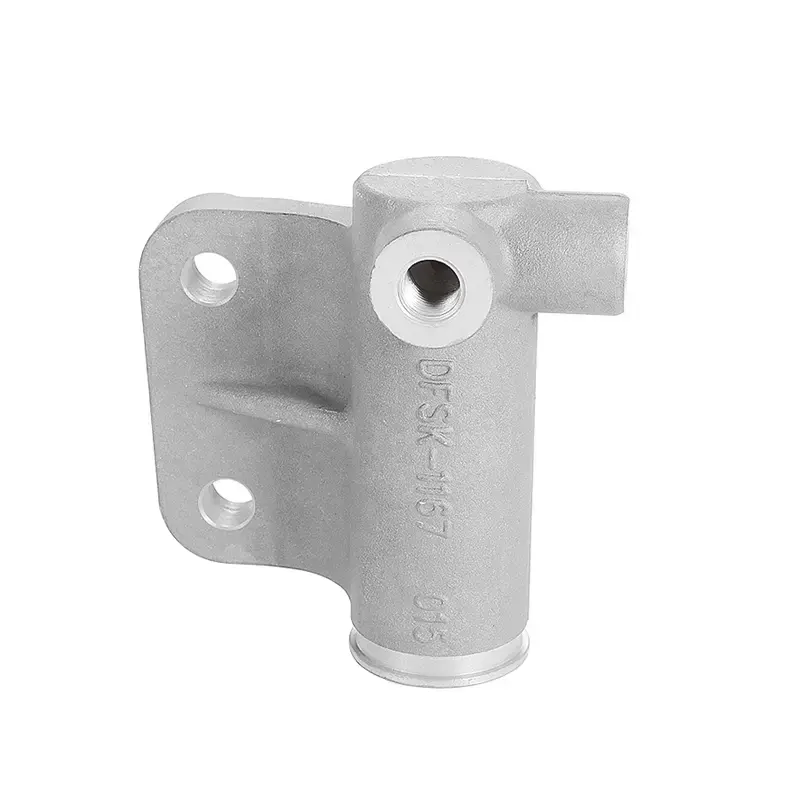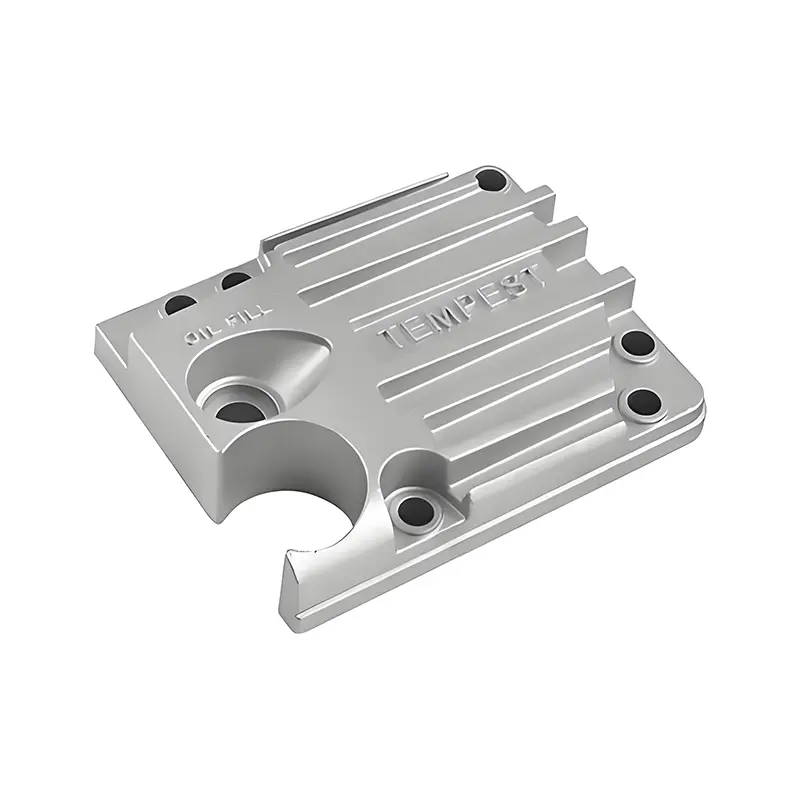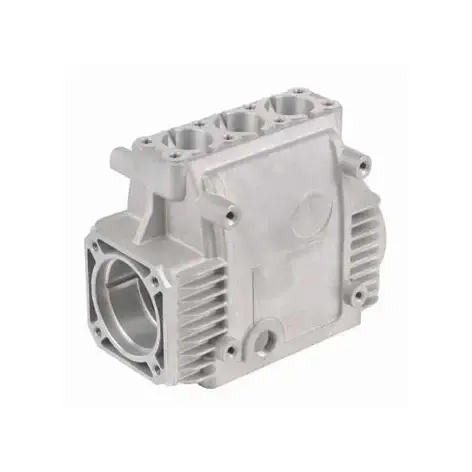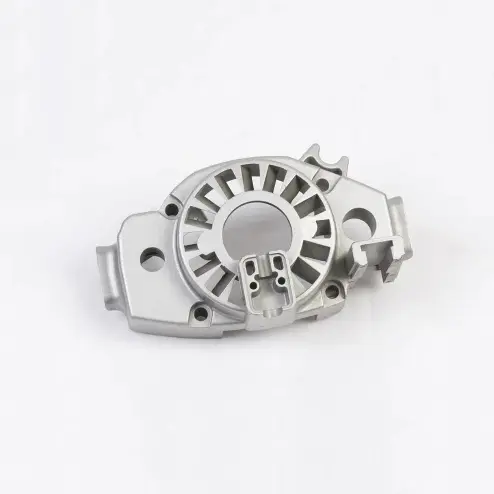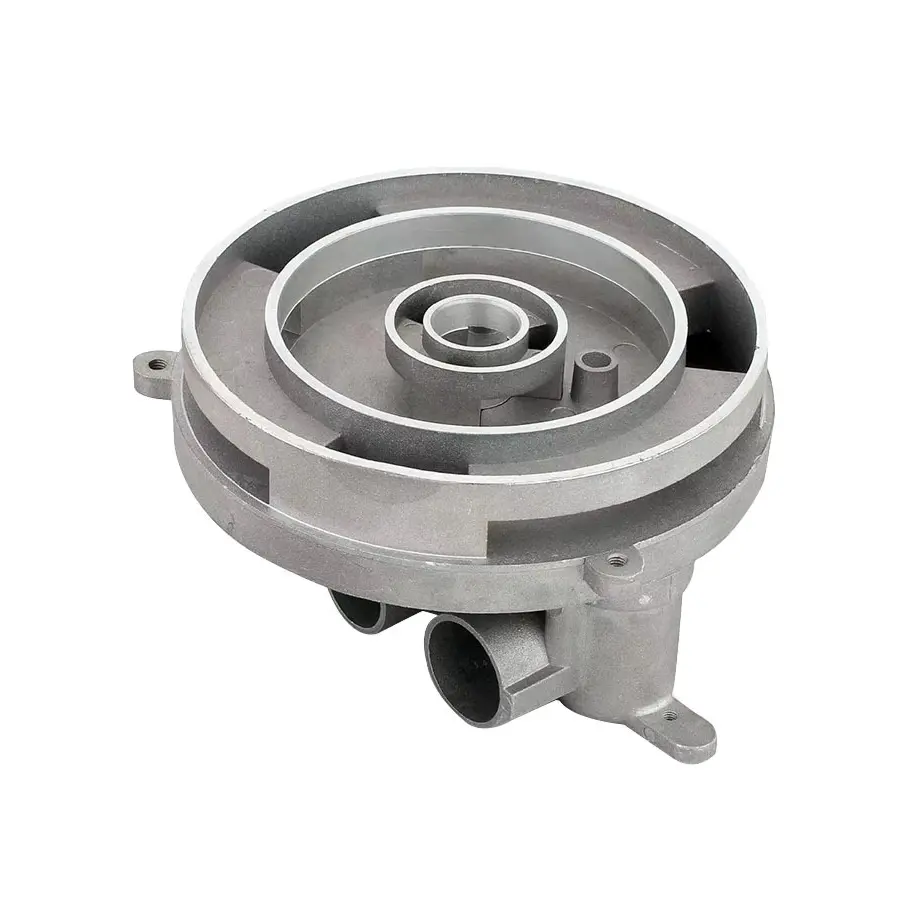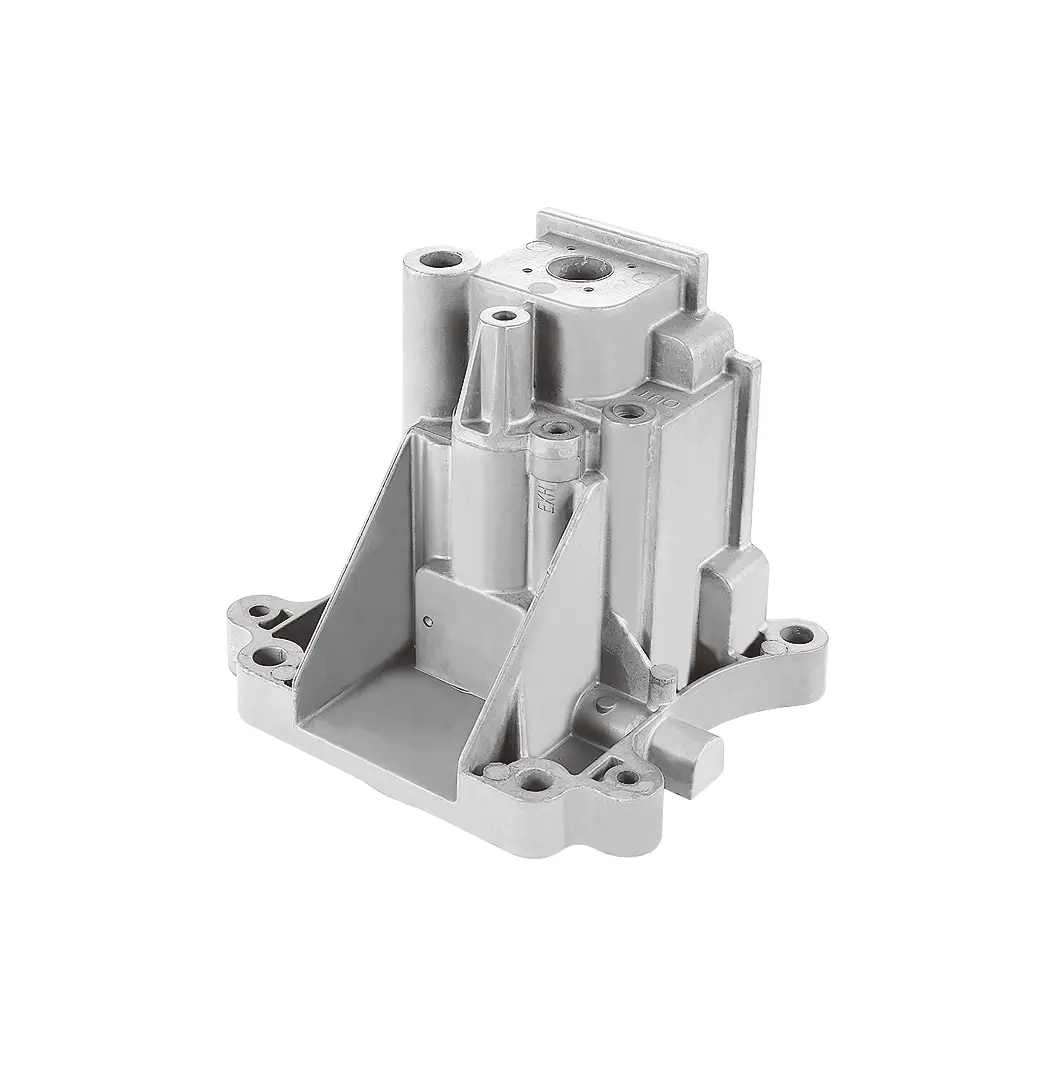 +86-13516964051
+86-13516964051 Wide application of aluminum alloy castings in automobile manufacturing
Wide application of Aluminum Alloy Castings in automobile manufacturing
In the grand map of automobile manufacturing, aluminum alloy castings are playing an increasingly critical role with their unique advantages. From the light skeleton of the car body to the precise core of the engine, from the wheel hub that carries dreams to the braking system that ensures safety, aluminum alloy castings are everywhere, driving the automotive industry to move forward at full speed towards a future with higher performance and lower energy consumption.
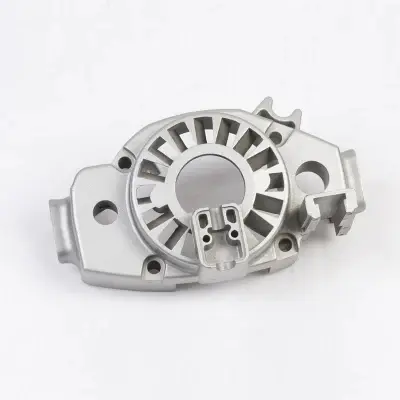
1. The precise core of the engine system
The engine is known as the "heart" of the car. The quality of its performance directly determines the power output and operating efficiency of the car. The application of aluminum alloy castings in the engine system can be called a feast of precision and efficiency.
(I) Engine cylinder
Aluminum alloy cylinder blocks have become the first choice of many car companies for their excellent heat dissipation performance. Compared with traditional cast iron cylinder blocks, aluminum alloy cylinder blocks are greatly reduced in weight, reducing the inertia of the entire vehicle and improving fuel economy. Its good thermal conductivity can quickly transfer the heat generated by combustion, ensuring that the engine maintains a stable operating temperature under high load operation and reducing the impact of thermal deformation on precision. At the same time, advanced Casting Technology makes the structure of the cylinder more complex and sophisticated, and can accurately match key components such as pistons and crankshafts, thereby improving the power output efficiency and running stability of the engine.
(II) Engine cylinder head
As the "protective umbrella" of the engine, the cylinder head must not only withstand the impact of high-temperature and high-pressure gas, but also provide precise installation positions for valves, spark plugs and other components. With its excellent strength and toughness, the aluminum alloy cylinder head has achieved a thin-wall design while ensuring sealing, further reducing weight. Its complex internal cooling channels can effectively cool the combustion chamber and valve seat, optimize the combustion process, reduce the risk of knocking, and provide reliable protection for the high-performance operation of the engine.
(III) Engine bracket
Although the engine bracket is small, it shoulders the important mission of connecting the engine and the body, transmitting power and bearing vibration. Through reasonable design and optimized structure, the aluminum alloy engine bracket greatly reduces weight while ensuring sufficient strength and rigidity, which helps to reduce the engine's operating inertia and improve the vehicle's handling performance and response speed. Its good shock absorption performance can effectively filter the vibration generated by the engine and improve driving comfort and stability.
2. Lightweight transmission of the transmission system
The transmission is the key link in the transmission of automobile power. The application of aluminum alloy castings in it has injected strong power into the smooth transmission of power and the improvement of vehicle performance.
(I) Transmission housing
The aluminum alloy transmission housing is not only light in weight, but also has good shock resistance and impact resistance. Under complex road conditions and driving conditions, it can effectively protect the precision gears and bearings inside the transmission to ensure the stability and reliability of power transmission. Its fine Casting Process makes the dimensional accuracy and surface quality of the housing extremely high, and the fit with internal parts is closer, which reduces the energy loss during power transmission and improves the transmission efficiency of the transmission.
(II) Transmission valve body
As the "brain" of the transmission, the valve body controls the flow direction and pressure of the hydraulic oil, thereby achieving precise control of gear shifting. The aluminum alloy valve body, with its good processing performance and dimensional stability, can meet the processing requirements of complex internal oil channels and precision valve holes. Its lightweight design helps to reduce the inertia of the transmission, speed up the gear shift response speed, and improve driving smoothness and fuel economy.
3. Stable support of chassis system
The chassis system is the "skeleton" of the car, providing support and stability for the car body, while bearing the impact and load of various road conditions. The application of aluminum alloy castings in the chassis system has achieved the perfect combination of lightweight and high performance of the vehicle.
(I) Control arm
As a key component connecting the wheel and the body, the control arm directly affects the handling performance and driving stability of the vehicle. Aluminum alloy control arms have the advantages of light weight, high strength and good corrosion resistance. During the driving process of the vehicle, it can quickly respond to changes in the road surface, accurately control the positioning parameters of the wheel, and ensure the stability and safety of the vehicle during cornering, braking and acceleration. Its lightweight design helps to reduce the unsprung mass of the vehicle and improve the response speed and comfort of the suspension system.
(II) Subframe
The subframe is like the "reinforcement ribs" of the car chassis, providing a solid installation foundation for key components such as the engine, transmission and suspension system. Through optimized structural design and advanced casting technology, the aluminum alloy subframe has achieved significant weight reduction while ensuring sufficient strength and rigidity. Its good torsion resistance and energy absorption characteristics can effectively disperse and absorb the impact energy from the road, reduce the vibration and deformation of the vehicle body, and improve the overall performance and driving comfort of the vehicle.
(III) Steering knuckle
As the core component of the vehicle steering system, the steering knuckle bears the weight and steering force of the wheel. With its excellent strength and toughness, the aluminum alloy steering knuckle achieves a lightweight design while ensuring safety. Its good processing performance and dimensional accuracy can ensure precise coordination with components such as wheels, suspension and steering rods, improve the sensitivity and accuracy of steering, and bring drivers a more relaxed and pleasant driving experience.
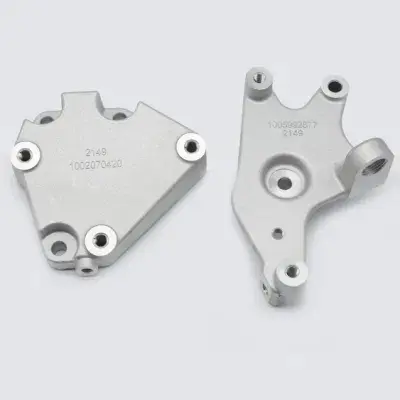
4. Safety protection of the body system
The body is the "shell" of the car. It not only provides a comfortable riding space for the driver and passengers, but also plays a key protective role in the event of a collision. The application of aluminum alloy castings in the body system has made an important contribution to the safety and lightweight of the car.
(I) Door inner panel
As the main structural part of the door, the door inner panel needs to have sufficient strength and rigidity to resist the impact of side collision. The aluminum alloy door inner panel reduces the weight while ensuring the anti-collision performance of the door through reasonable structural design and reinforcement rib arrangement. Its good corrosion resistance can effectively extend the service life of the door and reduce maintenance costs. When the vehicle is hit from the side, it can effectively disperse and absorb the collision energy and reduce the damage to the occupants.
(II) Shock absorber tower
The shock absorber tower is located at the front of the car and is closely connected to the suspension system and the engine. Its main function is to enhance the torsional rigidity of the car body and the stability of the front structure. With its advantages of light weight and high strength, the aluminum alloy shock absorber tower can effectively improve the handling stability and ride comfort of the vehicle during driving. In its complex casting process, by optimizing the mold design and process parameters, complex reinforcement structures and precise installation positioning can be achieved to ensure perfect matching with surrounding components.
(III) Luggage rack
For models such as SUVs and station wagons, luggage racks are an indispensable and practical configuration. Aluminum alloy luggage racks are not only light in weight, but also have good load-bearing capacity and corrosion resistance. Its surface has been finely processed to complement the appearance of the vehicle body and enhance the overall beauty of the vehicle. During use, it can firmly fix luggage items to ensure driving safety.
5. Safety guarantee of the braking system
The braking system is the last barrier to automobile safety. The application of aluminum alloy castings in it provides a reliable guarantee for the braking performance of the vehicle.
(I) Brake caliper
As one of the core components of the braking system, the brake caliper clamps the brake disc during braking to generate friction to slow down the vehicle. Aluminum alloy brake calipers have the advantages of light weight, fast heat dissipation, and wear resistance. Its good thermal stability can maintain stable braking force output and reduce brake thermal decay under frequent braking and high-intensity braking conditions. Its lightweight design helps to reduce the unsprung mass of the vehicle and improve the response speed and braking stability of the suspension system.
(II) Brake pedal
The brake pedal is the human-machine interface between the driver and the braking system. Its performance directly affects the driver's braking feel and the braking safety of the vehicle. The aluminum alloy brake pedal has good strength and rigidity through reasonable structural design and optimized surface treatment, and also has excellent anti-skid performance and corrosion resistance. Its lightweight characteristics make it easier for the driver to step on the brake pedal, effectively reducing driving fatigue.
6. Fashionable choice of car wheels
Aluminum alloy wheels play an important role in both the appearance and performance of the car, and have become the first choice for many car owners who pursue fashion and personality.
(I) Appearance design
Aluminum alloy wheels can achieve a variety of appearance designs through various casting processes and surface treatment technologies. From the classic multi-spoke shape to the fashionable five-spoke design, from the simple silver surface to the personalized two-color matching, aluminum alloy wheels can meet the aesthetic needs of different consumers and add unique charm to the overall shape of the car. After fine polishing, electroplating or spraying, its surface not only has higher gloss and texture, but also has good corrosion resistance and scratch resistance, and can maintain a beautiful appearance for a long time.
(II) Performance advantages
Aluminum alloy wheels have performance advantages such as light weight, high strength, and fast heat dissipation. Compared with traditional steel wheels, the weight of aluminum alloy wheels can be reduced by about 30% - 50%, which helps to reduce the unsprung mass of the vehicle and improve the response speed and handling performance of the suspension system. Its good heat dissipation performance can effectively reduce the temperature of the braking system during frequent braking, reduce the phenomenon of brake thermal attenuation, and improve driving safety. In addition, the elastic modulus of aluminum alloy wheels is higher, which can better absorb road impact during vehicle driving and improve riding comfort.
7. Unique contribution in the field of new energy vehicles
With the vigorous development of new energy vehicles, the application of aluminum alloy castings in this field has ushered in new opportunities and challenges.
(I) Battery pack shell
In new energy vehicles, the battery pack is one of the core components, and the aluminum alloy battery pack shell provides all-round protection for the battery pack with its good thermal conductivity, electromagnetic shielding and impact resistance. Its efficient heat dissipation performance can ensure that the battery maintains a suitable operating temperature during the charging and discharging process, prolong the battery life and improve the safety of the battery. Its lightweight design helps to reduce the overall weight of new energy vehicles and increase the vehicle's cruising range. At the same time, the aluminum alloy battery pack shell also has good sealing performance, which can effectively prevent external water vapor, dust and other impurities from entering the battery pack and ensure the normal operation of the battery system.
(II) Motor housing
As the power source of new energy vehicles, the performance of the motor directly affects the acceleration performance and maximum speed of the vehicle. The aluminum alloy motor housing has good heat dissipation performance and mechanical strength, which can meet the heat dissipation requirements of the motor under high-speed operation and high-load work, and ensure the stable output of the motor. Its lightweight characteristics help to reduce the overall weight of new energy vehicles and improve the vehicle's energy efficiency and cruising range. In addition, the aluminum alloy motor housing also has good electromagnetic compatibility, which can reduce the electromagnetic interference generated during the operation of the motor and improve the stability of the vehicle's electronic system.
8. Advantages and development trends of aluminum alloy low-Pressure Casting process
As an advanced casting process, aluminum alloy low-pressure casting has significant advantages in the manufacture of automotive parts.
(I) Process advantages
Low-pressure casting is to inject molten aluminum alloy into the mold cavity under low pressure and wait for it to solidify to form a casting. Compared with traditional gravity casting, low-pressure casting can obtain castings with denser structure, fewer pores and inclusions, thereby improving the mechanical properties and quality stability of the casting. At the same time, the mold life of low-pressure casting is longer, the production efficiency is higher, and it can realize automated production and large-scale manufacturing, reducing production costs.
(II) Development trend
With the continuous development of the automotive industry and the increasing demand for lightweight, the aluminum alloy low-pressure casting process is also constantly innovating and improving. On the one hand, the continuous upgrading of casting equipment and technology enables aluminum alloy low-pressure casting to produce more complex, large and high-performance automotive parts, meeting the stringent requirements of new energy vehicles and high-end vehicles for parts. On the other hand, the research and development and application of new aluminum alloy materials, such as high-strength and tough aluminum alloys, heat-resistant aluminum alloys and heat-treatment-free aluminum alloys, have further expanded the application scope and performance potential of aluminum alloy low-pressure casting, bringing more possibilities to automobile manufacturing.
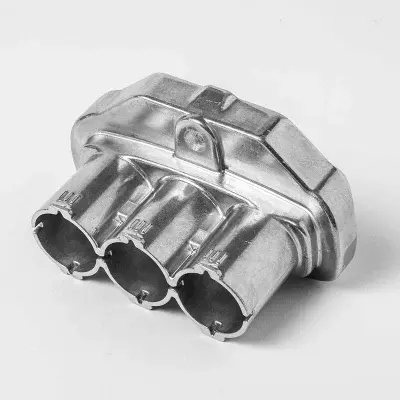
In short, the application of aluminum alloy castings in automobile manufacturing covers many key areas such as engines, transmissions, chassis, bodies, braking systems and new energy vehicles. Its advantages such as lightweight, high strength, corrosion resistance and good processing performance provide strong support for automobile performance improvement and sustainable development.








